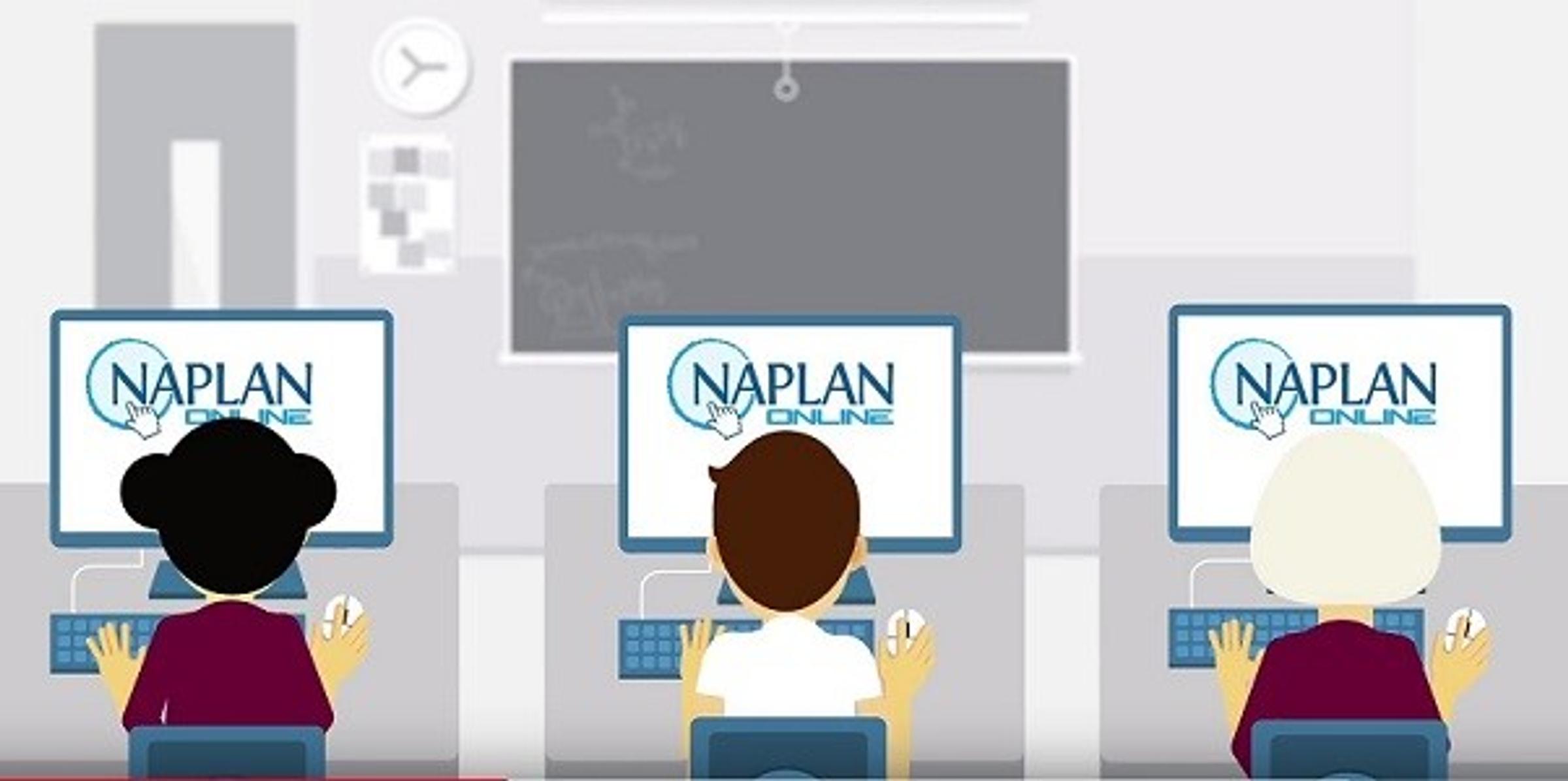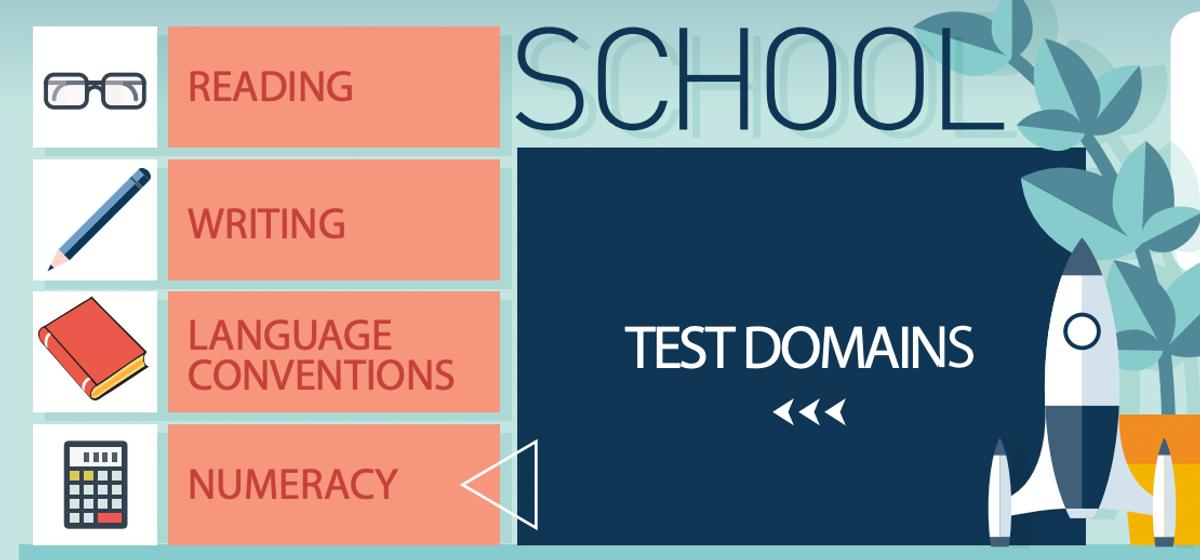English

NAPLAN Information
The National Assessment Program (NAPLAN) Testing will take place between the 10th and the 20th of May for students in Year 3, 5, 7 and 9. Aside from a COVID interrupted 2020, this testing takes place each year.
NAP has two key goals Driving Improvements and Accountability. Driving Improvement relates to a whole school context, meaning data is provided about the strengths and challenges of each school and year level. Accountability refers to the fact that overall NAP data can be viewed by the general public, to see how students across the country are progressing.
Types of Tests
Students in Year 3 and 5 will complete four assessments: Reading, Writing, Language Conventions and Numeracy.
Writing
Students will be given a prompt and asked to complete either a Narrative or Persuasive writing piece. They are assessed on the structure of this writing, as well as things such as their grammar and spelling.
Reading
Students are presented with a range of different reading prompts, including short stories, shopping lists, articles etc. For each of these texts there are a range of multiple choice questions which can be answered by taking explicit or implicit information from the texts. Please see an example below.
Language Conventions
This is again a multiple choice test. Students are asked to respond to questions about spelling, punctuation and grammar. This may include identifying errors in written sentences. Please see an example below.
Previous test examples can be found at this link if parents are interested in having a look.
What this means for our students
NAP testing can sometimes be a point of stress, which is something we strive to avoid! At school students complete practice activities in preparation, and we ensure that our Year 3 and 5 children know what to expect and feel comfortable having a go on all tests. One thing we always keep in mind, is that these are one group of tests, on one group of days. These NAP results do not define our individual students.
In fact, as our normal practice, all classroom teachers know their students extremely well and are constantly collecting data through the year. When NAP results are released much later in the year we of course go through them as a school, but as alluded to earlier in this article, this information helps us more as a school to identify trends across the whole student cohort.
As parents you can assist this process by encouraging students to try their best on test days and remind them to think about the strategies we have practiced in class.
Please reach out if you have any questions about NAP testing. We look forward to a smooth process in a few weeks.
Take care!
Tim O'Mahoney



